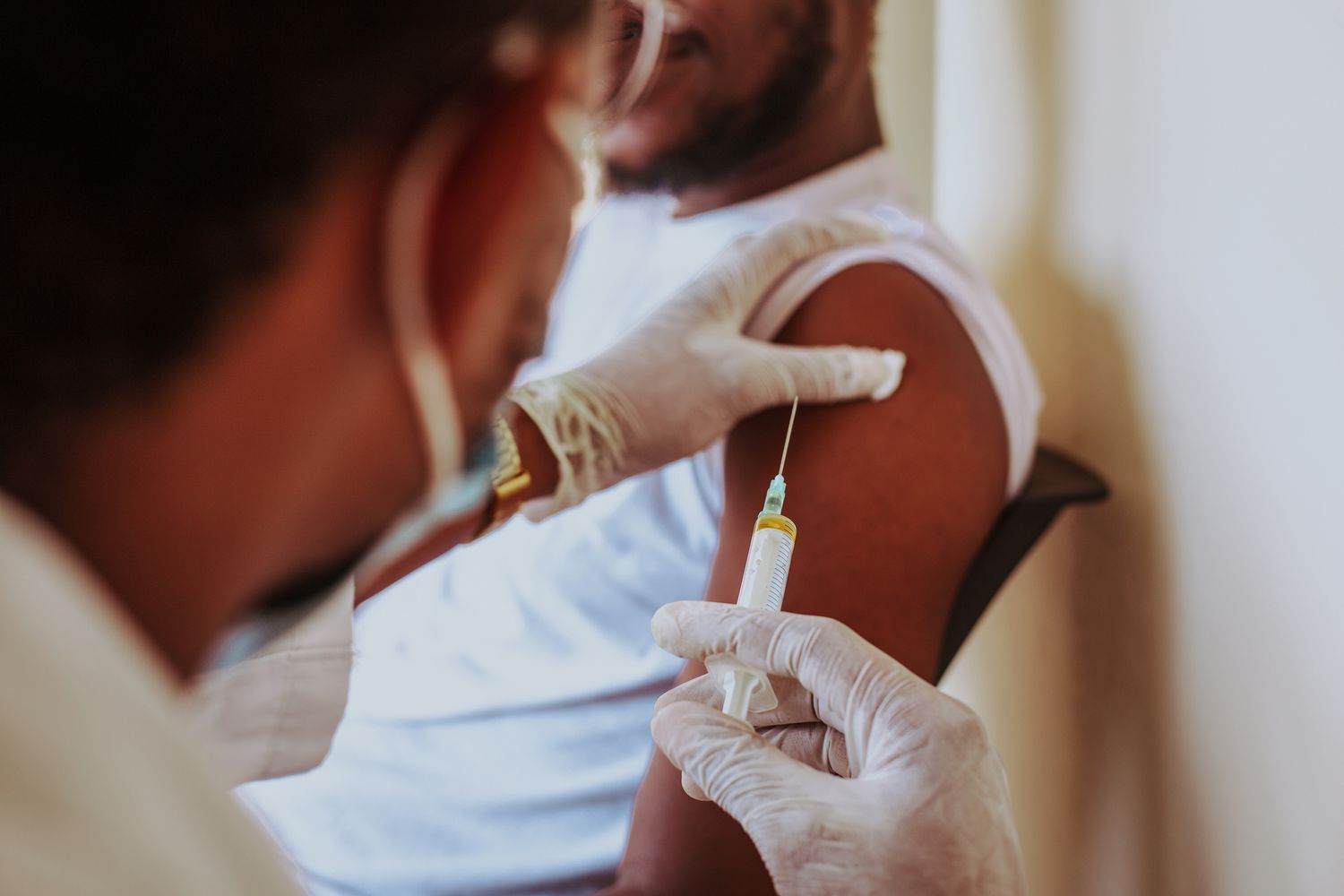CDC Warns of Rising Flu, COVID, and RSV Cases Amid Low Vaccination Rates in America

Amid the holiday festivities, the United States is facing a surge in respiratory virus cases alongside troublingly low vaccination rates against COVID, flu, and respiratory syncytial virus (RSV), as announced by the Centers for Disease Control and Prevention (CDC).
The CDC, in a health alert released on Thursday, cautioned health professionals about the potential repercussions of high virus proliferation coupled with low vaccination acceptance which could translate to grave illnesses and added pressure on the health care system in the following weeks.
The CDC disclosed that over the past month, hospitalization rates have escalated by 200% for flu, 51% for COVID, and 60% for RSV across all age groups.
The CDC encouraged medical practitioners to continue vaccinating eligible patients and to prescribe antiviral treatments for COVID and flu patients who are susceptible to serious disease.
“We aimed to remind our providers that it is still possible to vaccinate people,” Mandy Cohen, MD, MPH, director of the Centers for Disease Control and Prevention, conveyed to Health.
Besides details on the current status of virus activity and vaccination rates, the health warning also provides a discussion guide for health providers. The guide offers information to help address any vaccine apprehensions from individuals.
“We wanted to supply people with resources to facilitate those discussions, and to highlight some of our new data,” Cohen further explained.
The health alert by the CDC signifies the inadequate vaccination coverage across all age demographics.
The body disclosed that midway through November, there were 7.4 million less administered influenza vaccine doses to adults at pharmacies and doctor’s clinics compared to the 2022–2023 flu season.
As of November 11, only 36.1% of adults and 58.6% of people above 65 years old have been vaccinated against flu. These figures are less than the 2022 rates of 38.4% and 61.3% respectively.
Notably, CDC data as of December 15 estimate that 42.2% of adults and 69.3% of seniors have received their flu shots.
Generally, acceptance of the flu vaccine decreased during the pandemic and has not rebounded to pre-pandemic figures.
This is the first season the RSV vaccine has been broadly available and lack comparative data. Nevertheless, about 16% of adults aged 60 and above have received the vaccine as of December 2.
The low vaccination figures for the updated COVID vaccine is deemed particularly alarming, according to Mark Cameron, PhD, associate professor and infectious disease researcher at the Case Western Reserve University School of Medicine.
To date, slightly over 17% of adults, including 36% of those aged 65 and above, have received the shot. These figures narrowly trail compared to those who received last year’s COVID shot—data collected between fall 2022 and spring 2023 showed that just over 20% of all adults and just over 43% of the older population received the vaccine.
The sluggish vaccination rates are a concern, particularly for the senior population, added Cameron.
“People who haven’t been infected for some time or are exposed months or maybe years after their last vaccine stand a high risk of serious illness,” he said. “We must avoid complacency. It is essential to stay updated with boosters.”
Coinciding with the low vaccination rates, the U.S. is also observing increased cases of all three major respiratory viruses, as elaborated by Cohen.
“We are likely at the height of the RSV season. The flu is currently on the rise, but we are still at the early phase of the flu season,” she explained. “COVID cases are growing in most parts of the country, especially in the Midwest and the Mid-Atlantic regions.”
According to last week's respiratory illness data, over 10% of flu tests had positive results, and 4.4% of all visits to health services were due to respiratory illness.
Health experts are additionally monitoring COVID due to the concurrent emergence of new Omicron variants with the increase in hospitalization and virus activity. The HK.3 variant, which has multiplied in recent weeks, now accounts for approximately 7.7% of cases. The JN.1 variant, which has been prevalent since early November, now makes up 1 in 5 COVID cases.
The JN.1 variant does not appear to be more lethal than other variants, agreed experts, although it could still pose a challenge in the coming weeks.
“It’s still anticipated to cause a significant number of infections that will peak during the holidays and likely increase hospitalizations and deaths,” warned Cameron.
While vaccinations can’t entirely control the infection rate, they are fundamental in dealing with the surge in RSV, COVID, and flu cases. Without proper control, these viruses could result in more hospital admissions and deaths, Cohen explained. Vaccinations prevent the “worst outcome that these viruses can inflict.”
In the face of low vaccination rates, new COVID variants, and increasing case numbers, there’s still good news, said Cohen.
“While the virus has continued to change and be more transmissible and spread more quickly, our tools continue to be able to work against it,” she said.
COVID cases will likely increase over the next few weeks and peak in mid-January, Cohen explained, and the country still has a long flu season ahead of it.
That means “it’s not too late to get those updated vaccines,” Cohen said. If people haven’t yet gotten vaccinated, they should do that before the holidays if possible, she added.
But, with holiday gatherings in full swing, it’s important to remember that vaccination is just one way to stay safe.
“I want folks to enjoy the holidays, but use the tools that we have to protect themselves,” said Cohen. “If you’re sick, stay home—I know that’s probably the hardest recommendation to give because no one wants to miss a holiday gathering. But if you are sick, get tested, stay home, get treatment.”
There’s no correct way to gather safely, Cohen emphasized. It has more to do with evaluating each person’s individual risk, and increasing or decreasing safety measures from there. If someone is visiting an elderly family member or a friend fighting cancer, for example, those may be situations where increased protective measures are necessary.
“It could be just opening a window, or it could be gathering outside, or it could be wearing masks,” she said. “But you want to think about yourself and the risk of the folks you are gathering with. But I want folks to be together [...] We can do that in a safe way using all of these tools as layers of protection.”




